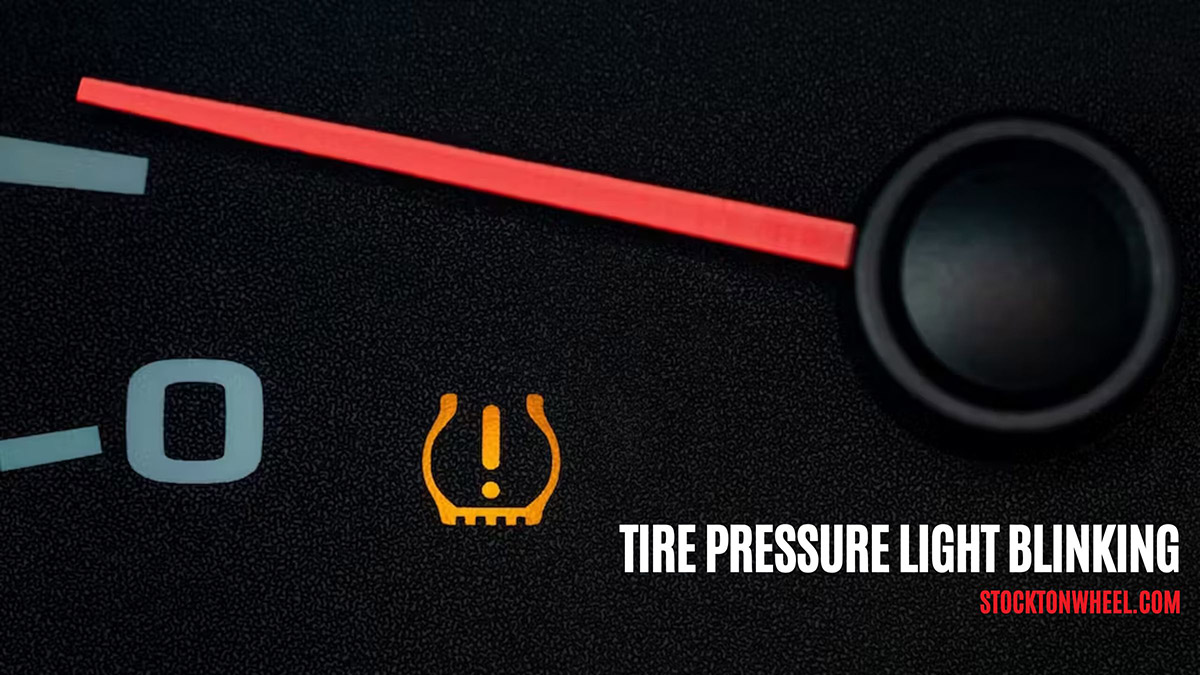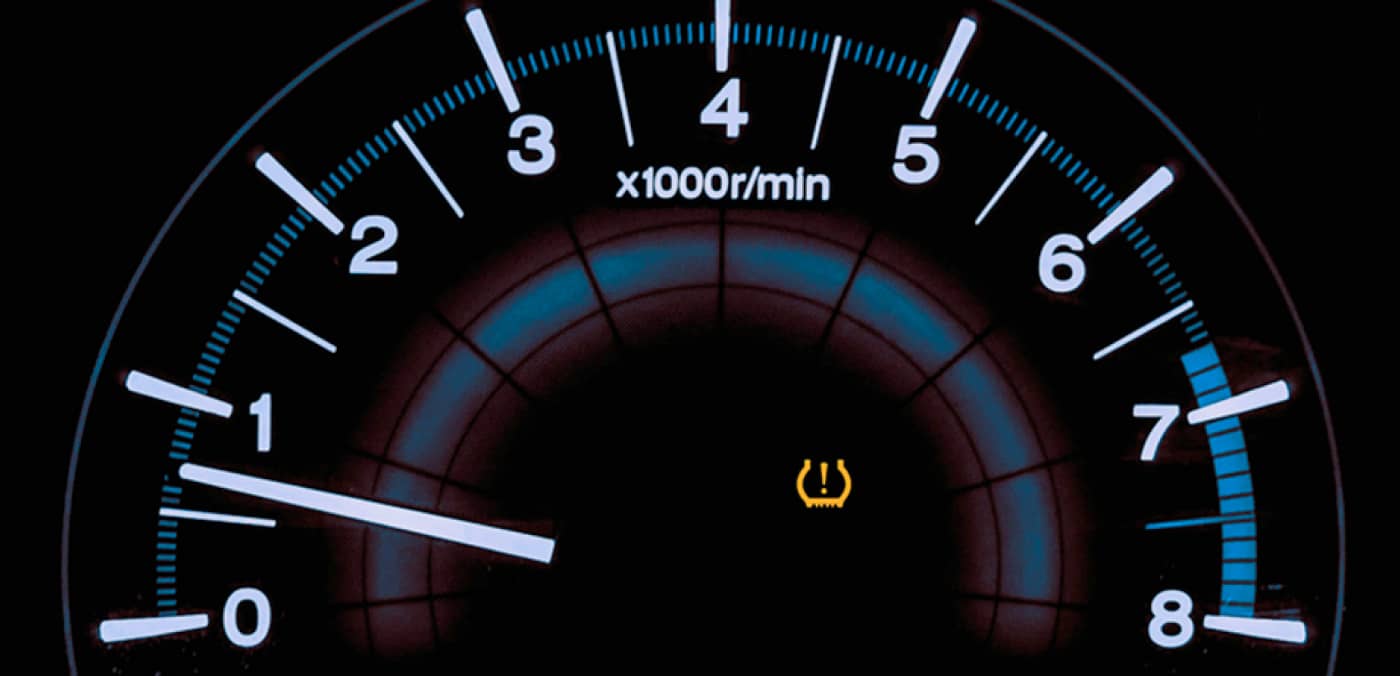Why Is My Tire Pressure Light Blinking?
Have you ever been driving along and noticed your tire pressure light blinking? This can be a cause for concern as it often indicates an issue with your vehicle’s tires. Understanding the reasons behind a blinking tire pressure light is crucial for ensuring your safety on the road. In this comprehensive guide, we will explore the common causes of a blinking tire pressure light, the benefits of maintaining proper tire pressure, how to use your tire pressure monitoring system (TPMS), common mistakes to avoid, and frequently asked questions.
Maintaining the correct tire pressure is essential for several reasons:

Image Source: stocktonwheel.com
Improved Fuel Efficiency: Underinflated tires increase rolling resistance, leading to higher fuel consumption. By ensuring your tires are properly inflated, you can save money at the pump.
Most modern vehicles are equipped with TPMS systems. These systems monitor the pressure in your tires and alert you to any abnormalities. Here’s how to use your TPMS:
1. Familiarize Yourself with Your Vehicle’s TPMS: Consult your owner’s manual to understand the specific features and operation of your TPMS system.
2. Check the Tire Pressure Regularly: While your TPMS will alert you to low pressure, it’s still important to check your tires regularly, especially before long trips or in extreme weather conditions.
3. Use a Tire Pressure Gauge: A tire pressure gauge is the most accurate way to measure your tire pressure. Ensure you check the pressure when your tires are cold (haven’t been driven for at least three hours).
4. Adjust Pressure as Needed: If your tire pressure is low, inflate it to the recommended pressure specified in your owner’s manual. Avoid overinflating your tires, as this can also cause problems.

Image Source: dealerinspire.com
Ignoring the TPMS Warning: Never ignore a blinking tire pressure light. Address the issue promptly to avoid further complications.
What does a blinking tire pressure light mean? A blinking tire pressure light typically indicates a rapid loss of pressure in one or more tires.
A blinking tire pressure light should never be ignored. Understanding the common causes of this warning and taking appropriate action can help ensure your safety on the road. By maintaining proper tire pressure, you can improve fuel efficiency, enhance handling, extend tire lifespan, and reduce the risk of accidents. Remember to regularly check your tire pressure, use a reliable tire pressure gauge, and address any issues promptly.

Image Source: bridgestonetire.com
why is my tire pressure light blinking
